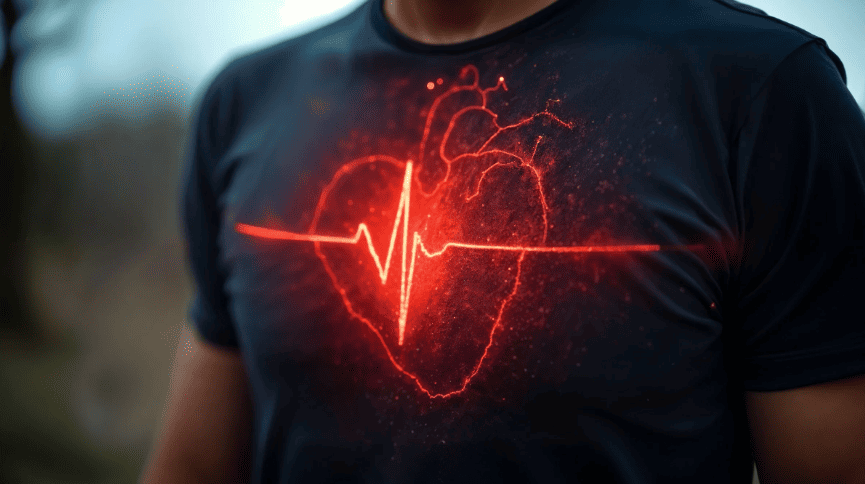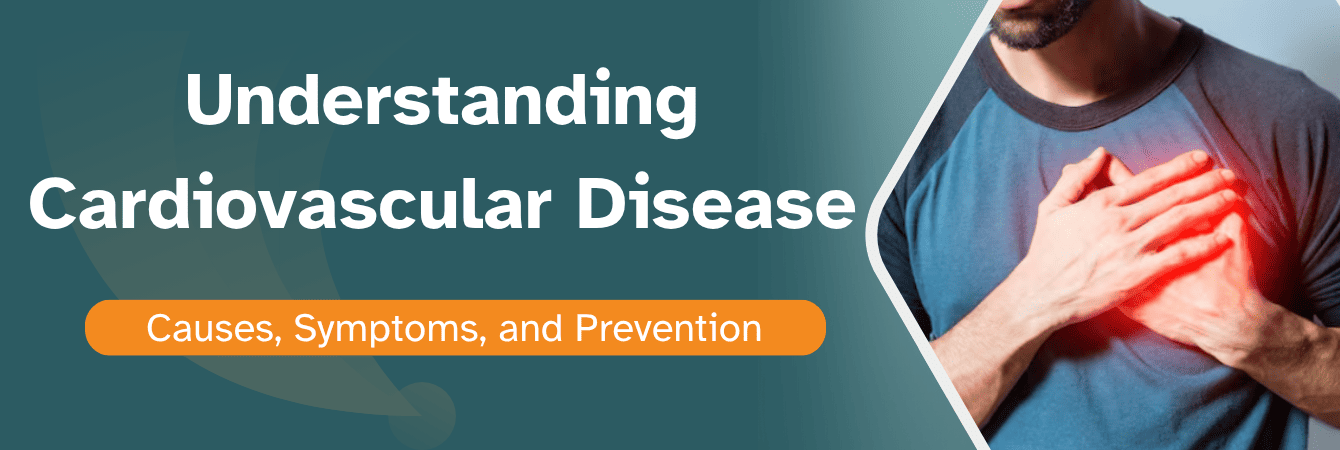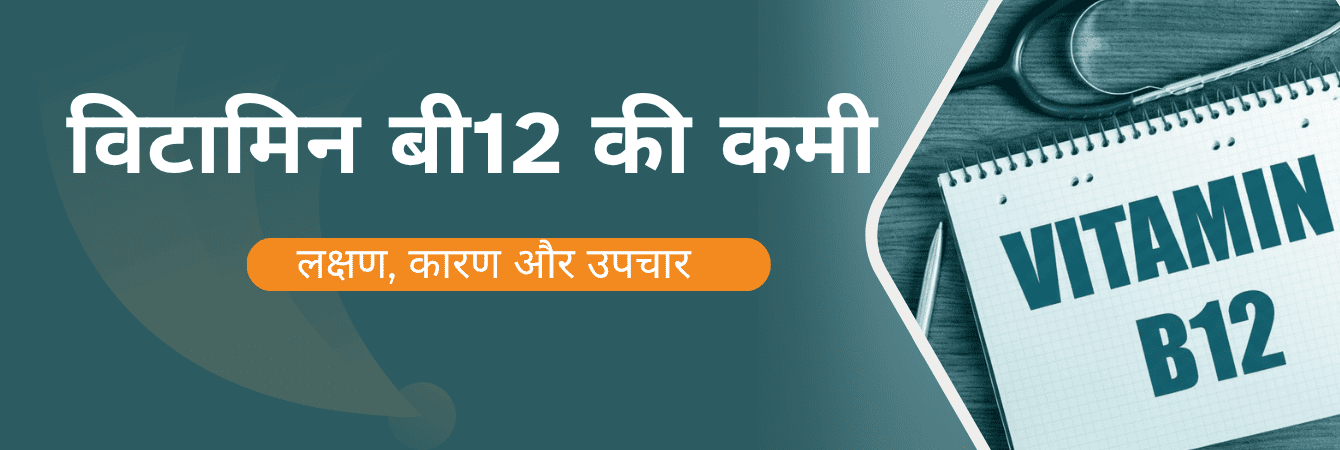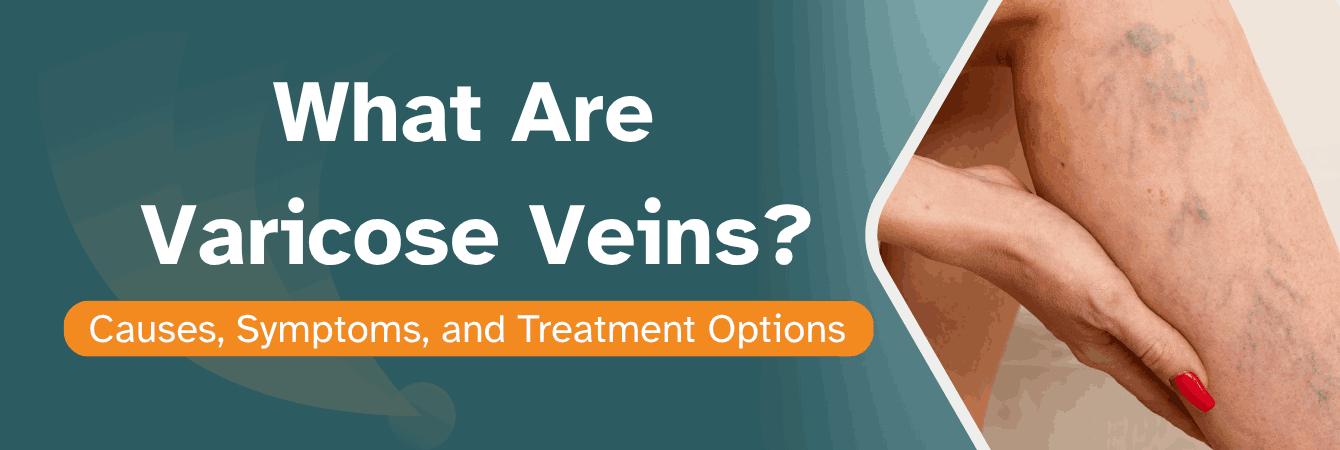Understanding Cardiovascular Disease: Causes, Symptoms, and Prevention
- October 24, 2025
- Abrol Hospital
What is Cardiovascular Disease?
Cardiovascular disease is a broad term that covers various conditions affecting the heart and blood vessels.
It includes problems like coronary artery disease, heart attacks, heart failure, and stroke. The disease often begins with damage or blockage in the blood vessels, leading to restricted blood flow and oxygen supply to the heart or brain. Over time, this restricted flow can cause permanent damage to vital organs. CVD is not a single condition—it is a combination of disorders that can develop gradually or suddenly, depending on lifestyle factors and genetics.
Types of Cardiovascular Diseases
Coronary Artery Disease (CAD)
Coronary Artery Disease is the most common form of CVD. It occurs when plaque—a combination of cholesterol, fat, and other substances—builds up inside the coronary arteries that supply oxygen-rich blood to the heart muscle. As these arteries narrow, blood flow becomes restricted, causing chest pain (angina) or, in severe cases, a heart attack. CAD is primarily caused by unhealthy diet, smoking, lack of exercise, and high blood pressure.
Heart Failure
Heart failure happens when the heart becomes too weak or stiff to pump blood effectively. It doesn’t mean that the heart stops working entirely, but rather that it cannot meet the body’s demand for blood and oxygen. Common symptoms include fatigue, shortness of breath, and swelling in the legs or feet. It often develops after other heart conditions like CAD or high blood pressure have damaged the heart muscle.
Arrhythmia
An arrhythmia is an irregular heartbeat—either too fast, too slow, or uneven. It occurs when the electrical impulses that coordinate your heartbeat don’t function correctly. Some arrhythmias are harmless, but others can be life-threatening and require immediate medical attention. Stress, caffeine, and certain medications can trigger arrhythmias.
Peripheral Artery Disease (PAD)
PAD affects the arteries that carry blood to the arms and legs. When plaque builds up in these arteries, it reduces blood flow, causing pain or cramps while walking, known as claudication. PAD is a sign that plaque buildup may be occurring elsewhere in the body, such as the heart or brain, increasing the risk of stroke or heart attack.
Congenital Heart Defects
Congenital heart defects are structural problems with the heart that are present at birth. These can range from minor issues like small holes in the heart chambers to more severe defects requiring surgery. While some congenital defects may not cause symptoms early in life, they can affect long-term cardiovascular function.
Common Causes of Cardiovascular Disease
High Blood Pressure
High blood pressure, or hypertension, is one of the leading causes of CVD. It occurs when the force of blood against the artery walls is consistently too high. Over time, this pressure damages the arteries, making them more prone to narrowing and blockage. The heart also has to work harder to pump blood, which can lead to heart failure if untreated.
High Cholesterol
Cholesterol is a fatty substance found in your blood. While your body needs some cholesterol to function, too much LDL (bad cholesterol) leads to plaque buildup in the arteries. This reduces blood flow and increases the risk of atherosclerosis, heart attack, and stroke.
Smoking
Smoking damages the lining of the arteries, reduces oxygen in the blood, and increases heart rate—all of which put extra strain on the heart. The chemicals in tobacco also promote plaque buildup and make the blood more likely to clot, leading to heart attacks and strokes.
Obesity
Excess body fat increases the risk of high blood pressure, high cholesterol, and `—all of which contribute to CVD. Obesity also puts physical strain on the heart, forcing it to work harder to circulate blood.
Diabetes
High blood sugar levels from diabetes can damage blood vessels and the nerves that control the heart. People with diabetes are more likely to develop heart disease, especially if their blood sugar, cholesterol, and blood pressure are poorly managed.
Stress
Chronic stress increases cortisol levels, which can raise blood pressure and trigger inflammation. People under constant stress may also adopt unhealthy habits such as overeating, smoking, or drinking alcohol—all of which increase CVD risk.
Early Signs and Symptoms of Cardiovascular Disease
Chest Pain or Discomfort
Chest pain (angina) is the most recognizable symptom of heart disease. It may feel like tightness, heaviness, or pressure in the chest, especially during physical activity or stress.
Shortness of Breath
Difficulty breathing or feeling winded after mild activity can signal that your heart isn’t pumping blood efficiently.
Fatigue
Unexplained tiredness or lack of energy may indicate that your heart is struggling to meet your body’s oxygen demands.
Swelling in Legs or Feet
Fluid buildup in the legs, ankles, or feet can occur when the heart fails to pump effectively, leading to heart failure symptoms.
Irregular Heartbeat
A pounding or fluttering sensation in your chest may be due to arrhythmia, which can disrupt normal heart function.
🩺 Consult the Best Cardiologist in Gurdaspur Today
Don’t wait for symptoms to get worse — your heart deserves expert care. At Abrol Hospital, our experienced cardiologists in Gurdaspur specialize in diagnosing and treating all types of cardiovascular diseases (CVD) with advanced technology and personalized treatment plans.
Whether you’re experiencing chest pain, fatigue, or shortness of breath, our team provides accurate assessments and effective heart treatment to keep your heart healthy and strong.
📞 Book your consultation today to get expert cardiovascular care in Gurdaspur.


Dr. Sanjay Gupta
Specialties : Consultant Cardiologist

Dr. Aditi Mathur
Specialties : Consultant Cardiologist
FAQs About Morning Sickness during Pregnancy
Chest pain, shortness of breath, fatigue, and irregular heartbeat are early signs of heart problems.
While it cannot be completely cured, it can be effectively managed with medication, surgery, and healthy living.
The best treatment depends on the specific condition but may include medications, angioplasty, or bypass surgery.
Chronic stress increases heart rate and blood pressure, leading to inflammation and artery damage.
Eat a balanced diet, exercise regularly, avoid smoking, limit alcohol, and manage stress for a healthy heart.



